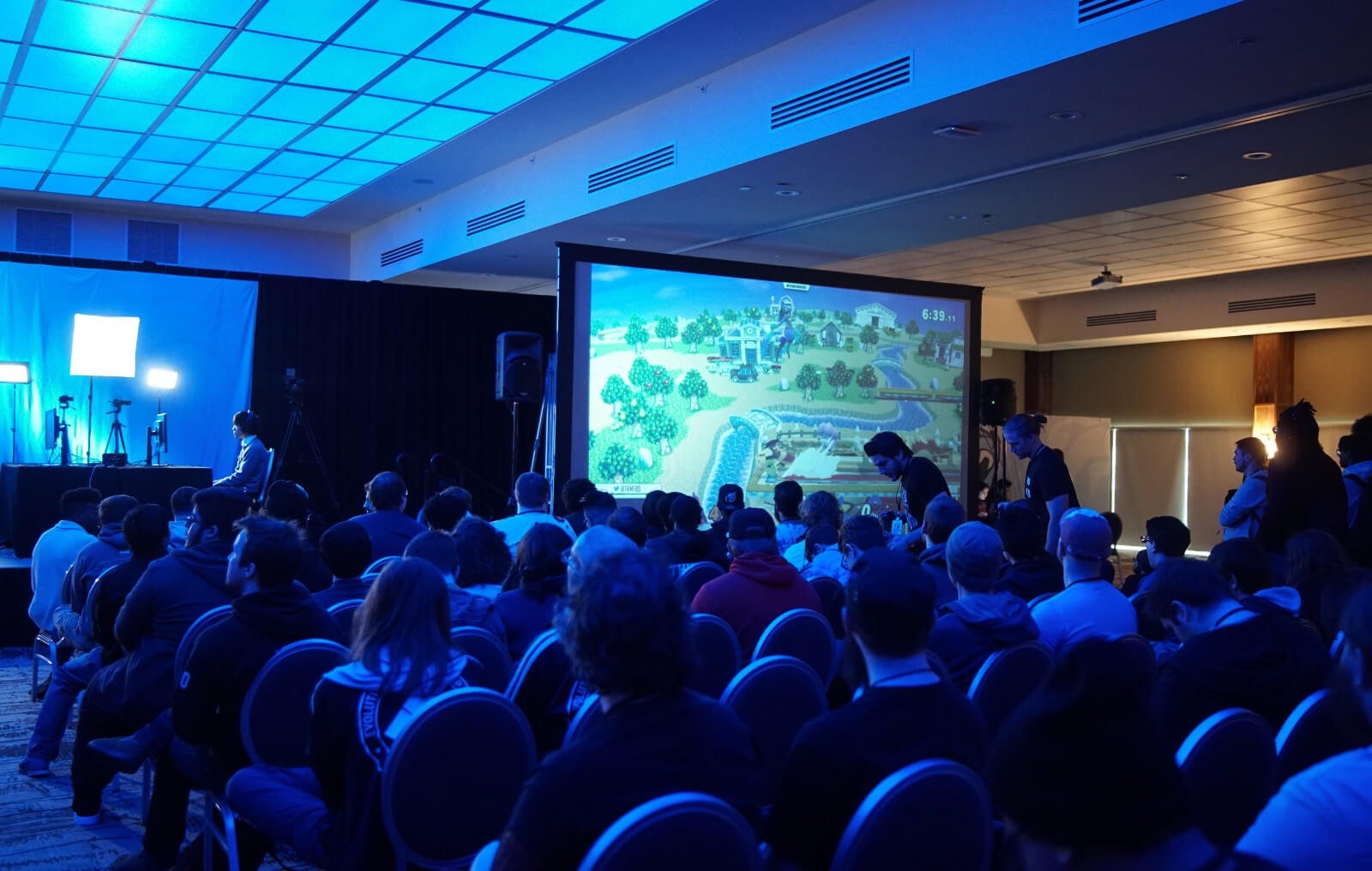COVID-19 focused attention on the B2B event tech market like never before –and forced a step change in user adoption.
Established vendors to in-person events, like Aventri and Swapcard, rushed to develop virtual offerings and a raft of virtual first players, including Hopin and Hubilo, flourished.
However, the virtual frenzy created a bubble that has left some virtual first vendors over-valued and struggling to compete as in-person events return.
Virtual events will endure for some use cases, particularly where events are cost centers for the producer and do not have significant networking value, such as Annual General Meetings. However, the more attractive targets for investors will be vendors that can meet both the in-person and online needs of event producers.
Making sense of a diverse, fragmented landscape
The event tech vendor landscape can be bewildering with multiple seemingly identical players with buzzy names. However, this complexity is a function of rapid technology innovation in response to the diversity of user needs.
For example, the needs of a large-scale exhibition or conference organizer are very different from those of a corporate producing a series of sales team meetings. A medical association meeting with multiple content streams is a very different proposition from a recruitment event held by a university. And professional conference organisers (PCOs) will have distinct needs based on whether they serve corporate, association, or education clients.
One way to lay out the event tech vendor landscape is as follows:
- Established full-service event management software providers e.g., Aventri, Cvent
- Smaller scale full-service event management software providers e.g., EventsAir, RainFocus, Shock Logic, Swoogo
- Matchmaking specialists e.g., Swapcard, Brella, Grip, Jublia
- Virtual event specialists e.g., Hopin, Hubilo, ON24
- Association management software e.g., Personify, Raklet, White Fuse
- Activity specialists e.g., Zoom, Microsoft Teams
The landscape can even be extended to include vendors meeting specific needs of large-scale event organizers such as registration (e.g., Experient), housing (e.g., onPEAK), or floor-planning (e.g., Map Your Show).
Identifying and evaluating targets
Successful event tech vendors carve out clear and defensible niches based on a deep understanding of user needs. Their differentiation may be a unique approach to a particular functionality, such as matchmaking or polling, delivered to a broad set of customers or a one-stop shop delivered to a particular customer segment.
Like other B2B software sectors, niche vendors can build defensible positions by targeting their functionality, integration capabilities and customizations to the needs of very specific segments. As a result, it can be difficult for adjacent players to enter the niche and challenge the incumbent.
Key commercial issues to address when evaluating targets include:
- What is the definition and size of total addressable market?
- Who exactly are the end-users and how do they make purchasing decisions e.g., breadth and depth of capabilities, ease of use, integration capabilities, customization, customer support?
- What type of events do the end-users produce and how complex are they?
- What level of in-person complexity can the provider handle e.g., number of ticket types, volume of content, language needs, attendee engagement functionality?
- How can an end-to-end solution successfully be positioned and sold given that customers may already be working with multiple point solutions?
Investment strategies
Cvent’s listing on the Nasdaq in December 2021 was big news, but the greatest volume of recent investor activity has taken two forms:
- Venture funding rounds for early-stage high growth players e.g., Bizzabo, Grip, Swapcard
- Private equity investments in more established players e.g., STG’s majority investment in CadmiumCD in 2020 and Sunstone’s combination of Aventri and Meeting Play in 2022
We expect event tech M&A activity to accelerate over the next three years. Specific opportunities could include:
- Vendors well-positioned in the very large corporate market (e.g., Splash)
- Connecting complementary vendors focused on different geographies (e.g., Paris-based Swapcard partnering with a US vendor)
- Niche vendors with differentiated attendee engagement functionality (e.g., Eventbase)
There will likely be consolidation as established players look to build end-to-end platforms and plug capability gaps. However, niche players with a well-defined offering targeting a clear customer segment are also highly attractive. COVID-19 put event tech in the spotlight, but the night is young for M&A.
For more information on the events sector, contact Jonny Baynes.






